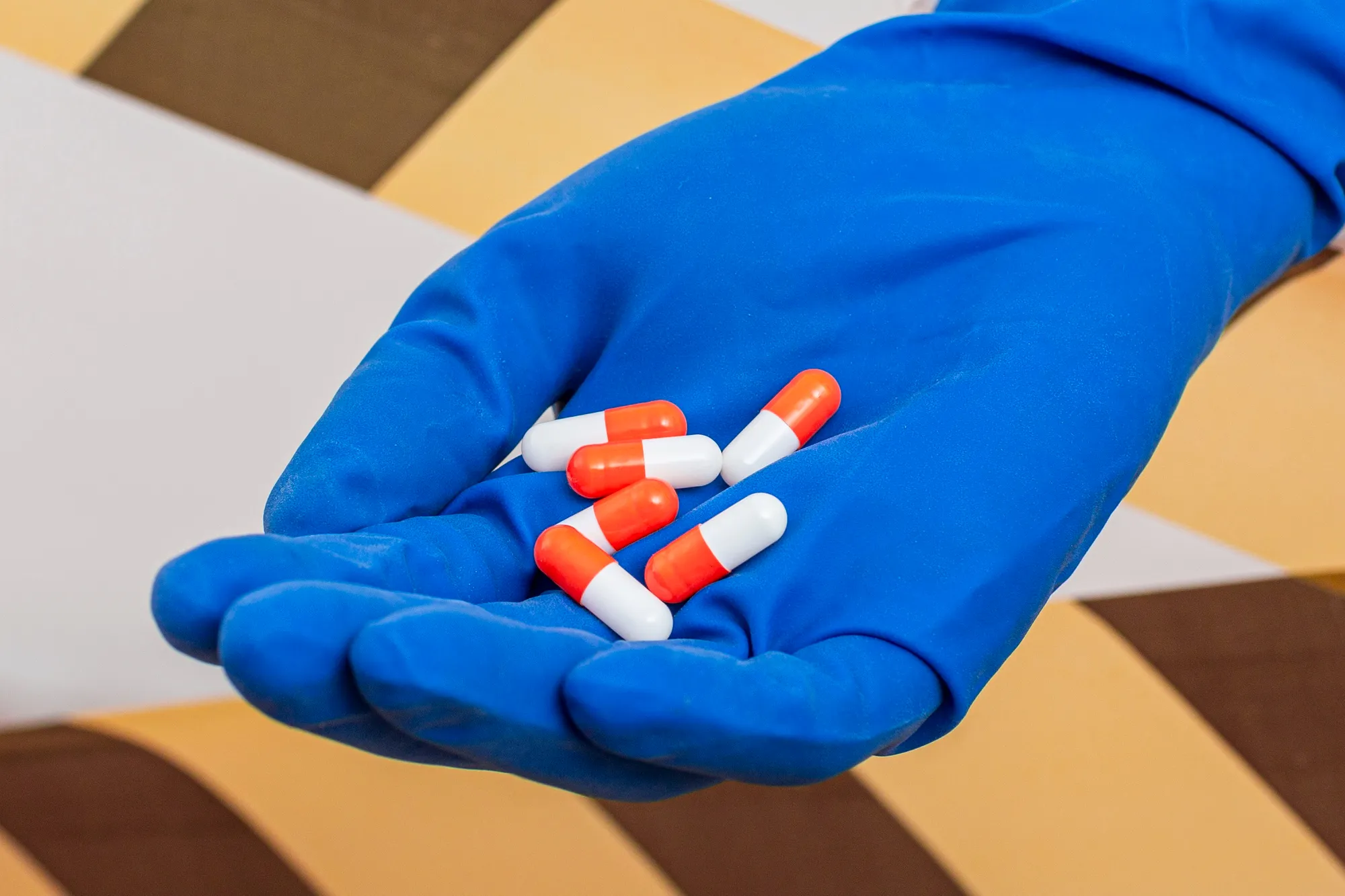Keywords
1. Targeted drug delivery
2. Lactoferrin-curcumin conjugate
3. Hepatocellular carcinoma treatment
4. Metal-organic framework nanoparticles,
5. Biocompatible drug carrier systems
Introduction
In a significant advancement for targeted cancer therapy, a team of researchers has developed a novel delivery system for curcumin, a substance known for its therapeutic properties. The innovative nanobioconjugate, described in a recent publication (DOI: 10.1016/j.ijbiomac.2024.129325) from the “International Journal of Biological Macromolecules”, utilizes a lactoferrin-decorated, chitosan-coated europium metal-organic framework for precise delivery to hepatocellular carcinoma (HPTC) cells, the third leading cause of cancer-related mortality worldwide.
The Burden of Hepatocellular Carcinoma
Hepatocellular carcinoma, commonly referred to as liver cancer, presents a formidable challenge in oncology due to its often late diagnosis and limited treatment options. It ranks as the third leading cause of cancer-related deaths, with a high recurrence rate and poor prognosis. The complexity of liver cancer necessitates advanced drug delivery systems that can bypass healthy tissues and deliver therapeutic agents directly to the malignant site.
Nanobioconjugate Design
The recent study, conducted by Sopan Nangare, Gautam Ramraje, and Pravin Patil from the H. R. Patel Institute of Pharmaceutical Education and Research in India, showcases a meticulous strategy for designing a targeted drug delivery vehicle. The nanobioconjugate, abbreviated as Lf-CMD-CS-CUR@Eu-MOF, comprises a lactoferrin (Lf) ligand, which exhibits a natural affinity for the asialoglycoprotein receptors overwhelmingly expressed in HPTC cells.
Curcumin (CUR), the bioactive compound derived from the turmeric plant, has long been recognized for its anti-inflammatory and anticancer properties. However, its therapeutic application is hindered by poor bioavailability and nonspecific distribution in the body. To address these issues, the researchers harnessed the potential of the europium metal-organic framework (Eu-MOF), a porous structure capable of hosting and protecting curcumin molecules, ensuring stability and controlled release.
Synthesis and Characterization
During the fabrication process, curcumin was loaded into the Eu-MOF scaffold followed by a cationic chitosan (CS) coating, which provided a biocompatible interface and enhanced drug entrapment efficiency. The lactoferrin-decorated carboxymethyl dextran (CMD) was then prepared through an esterification reaction, later conjugated to the CS-coated Eu-MOF via the Maillard reaction.
The spectral characterizations confirmed the successful assembly of the nanobioconjugate. Drug entrapment and content were analyzed, revealing an impressive entrapment efficiency of 88.87 ± 2.1%, a drug content of 3.45 ± 0.98%, and a drug loading rate of 34.85 ± 0.6 mg/g. These figures underscore the capability of the delivery system to carry a substantial amount of curcumin.
Biocompatibility and Cell Cytotoxicity
The Lf-CMD-CS-CUR@Eu-MOF, evaluated for biocompatibility, proved to be well-tolerated by normal cells, suggesting that the side effects associated with traditional chemotherapy could be reduced when using this nanobioconjugate. Furthermore, the in vitro dissolution study displayed a controlled release of curcumin, with a 78.12% release in pH 5.8 phosphate buffer over 120 hours. This pH-responsive behavior is vital for delivering drugs in the acidic environment usually found in the cancerous tissue.
Targeted Delivery: The Key to Efficacy
Perhaps the most promising aspect of the study was the concentration-dependent toxicity the nanobioconjugate exhibited against the BEL-7402 cancer cell line, a model for hepatocellular carcinoma. The ability to decorate the surface of the nanocarrier with lactoferrin was essential for its high specificity and the efficacious transportation of curcumin directly to cancer cells, sparing healthy cells and reducing undesired side effects.
Conclusion
The rigorous research culminated in what the authors confidently described as a “promising approach for targeted drug delivery in HPTC management.” The novel Lf-CMD incorporated CS-coated Eu-MOF demonstrates a superior strategy to specifically combat hepatocellular carcinoma cells while ensuring patient safety through its biocompatible nature. This innovative therapy could potentially change the standard of care for liver cancer patients and represents a leap forward in nanomedicine.
References
1. Nangare, S. S., Ramraje, G. G., & Patil, P. P. (2024). Formulation of lactoferrin decorated dextran based chitosan-coated europium metal-organic framework for targeted delivery of curcumin. International Journal of Biological Macromolecules, 259(Pt 2), 129325. https://doi.org/10.1016/j.ijbiomac.2024.129325
2. Bray, F., Ferlay, J., Soerjomataram, I., Siegel, R. L., Torre, L. A., & Jemal, A. (2018). Global cancer statistics 2018: GLOBOCAN estimates of incidence and mortality worldwide for 36 cancers in 185 countries. CA: A Cancer Journal for Clinicians, 68(6), 394-424. https://doi.org/10.3322/caac.21492
3. Anand, P., Kunnumakkara, A. B., Newman, R. A., & Aggarwal, B. B. (2007). Bioavailability of curcumin: problems and promises. Molecular Pharmaceutics, 4(6), 807-818. https://doi.org/10.1021/mp700113r
4. Gottesman, M. M., Fojo, T., & Bates, S. E. (2002). Multidrug resistance in cancer: role of ATP–dependent transporters. Nature Reviews Cancer, 2(1), 48-58. https://doi.org/10.1038/nrc706
5. Srinivas, P. R., Kramer, B. S., & Srivastava, S. (2001). Trends in biomarker research for cancer detection. The Lancet Oncology, 2(11), 698-704. https://doi.org/10.1016/S1470-2045(01)00560-9
The breakthrough detailed in this study not only paves the way for more effective liver cancer treatments but also underscores the untapped potential of combining traditional natural compounds with advanced nanotechnology for future drug delivery and therapeutic strategies.
